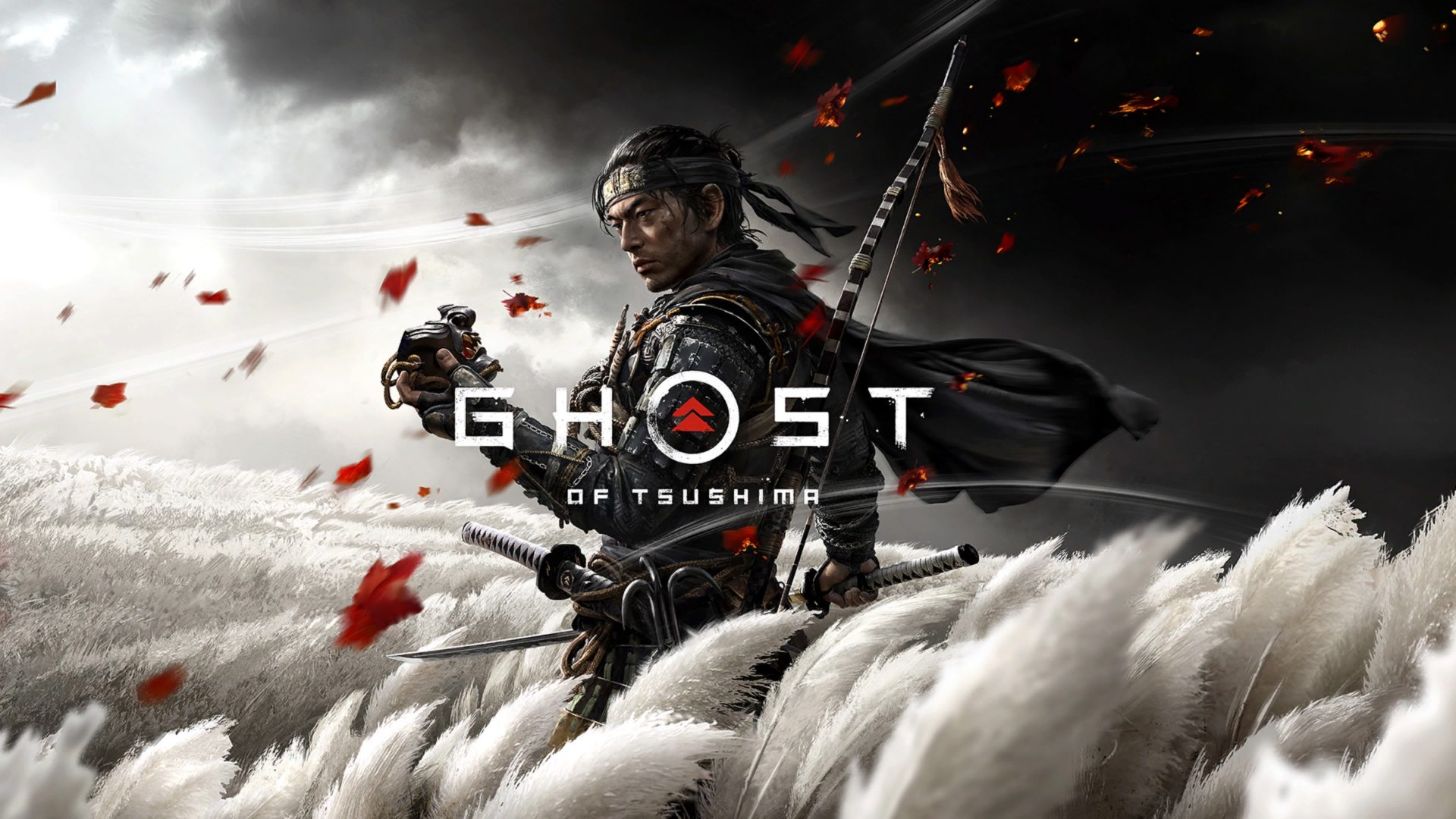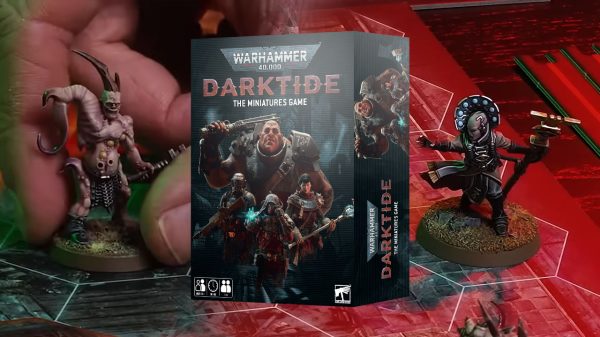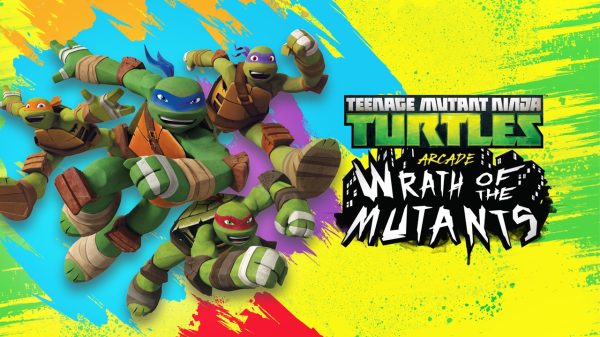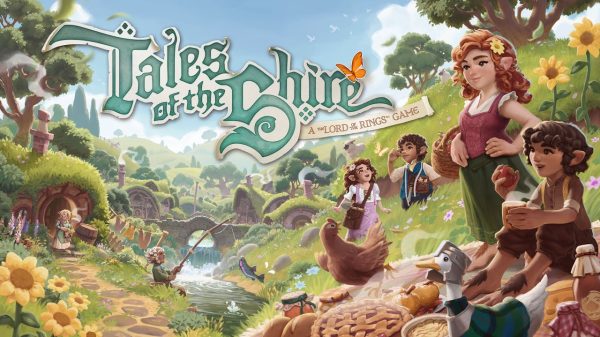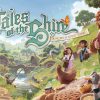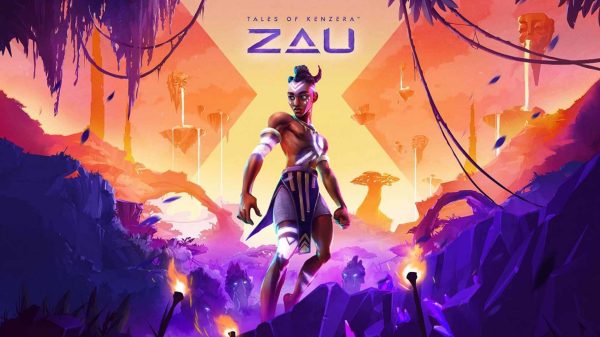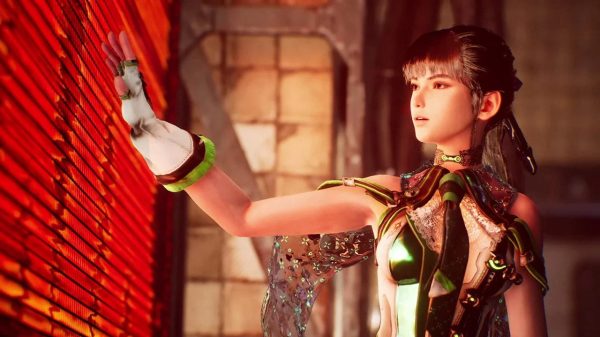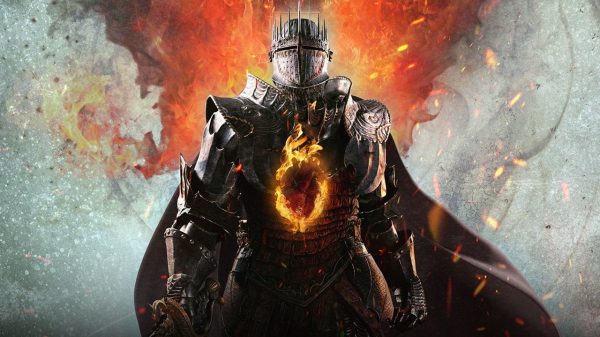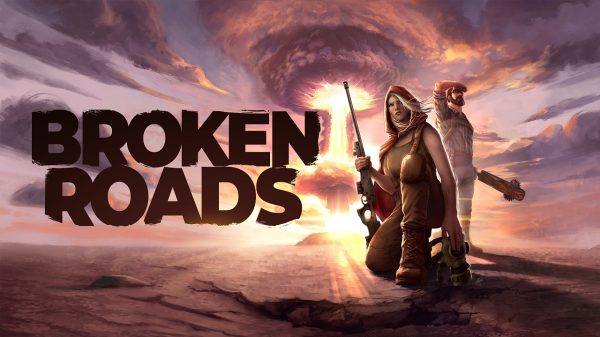I’ve written, deleted and rewritten this introduction about a half-dozen times now and still I’m struggling for words. Despite 2020 being stacked end-to-end with quality titles, Ghost of Tsushima was far and away my most anticipated game. For years now I’ve been religiously crapping on about Sucker Punch’s newest IP to anyone who would listen and even to those who wouldn’t. That kind of excitement came with it a level of trepidation, as there was a chance, albeit a slight one, that Ghost could turn out to be a blunt katana. There’s no hint of doubt left however, as Tsushima has not only met my expectations, but exceeded them wildly. This cinematic samurai epic is the perfect send-off for the PlayStation 4 era and comfortably fits in with the console’s stellar line-up of first-party masterpieces.
Set on the titular Japanese island in 1274, you play as Jin Sakai, one of Tsushima’s samurai lords and nephew to Lord Shimura, the land’s Jito (a governor-type roll). The game opens with you, alongside all of Tsushima’s samurai, arriving at Azamo Bay to ward off an invading Mongol army. Lead by the merciless and tactical Kotun Khan (more on him soon), the thousands-strong army devastate the 80 or so samurai warriors, capture Lord Shimura and leave Jin on the beach to die.
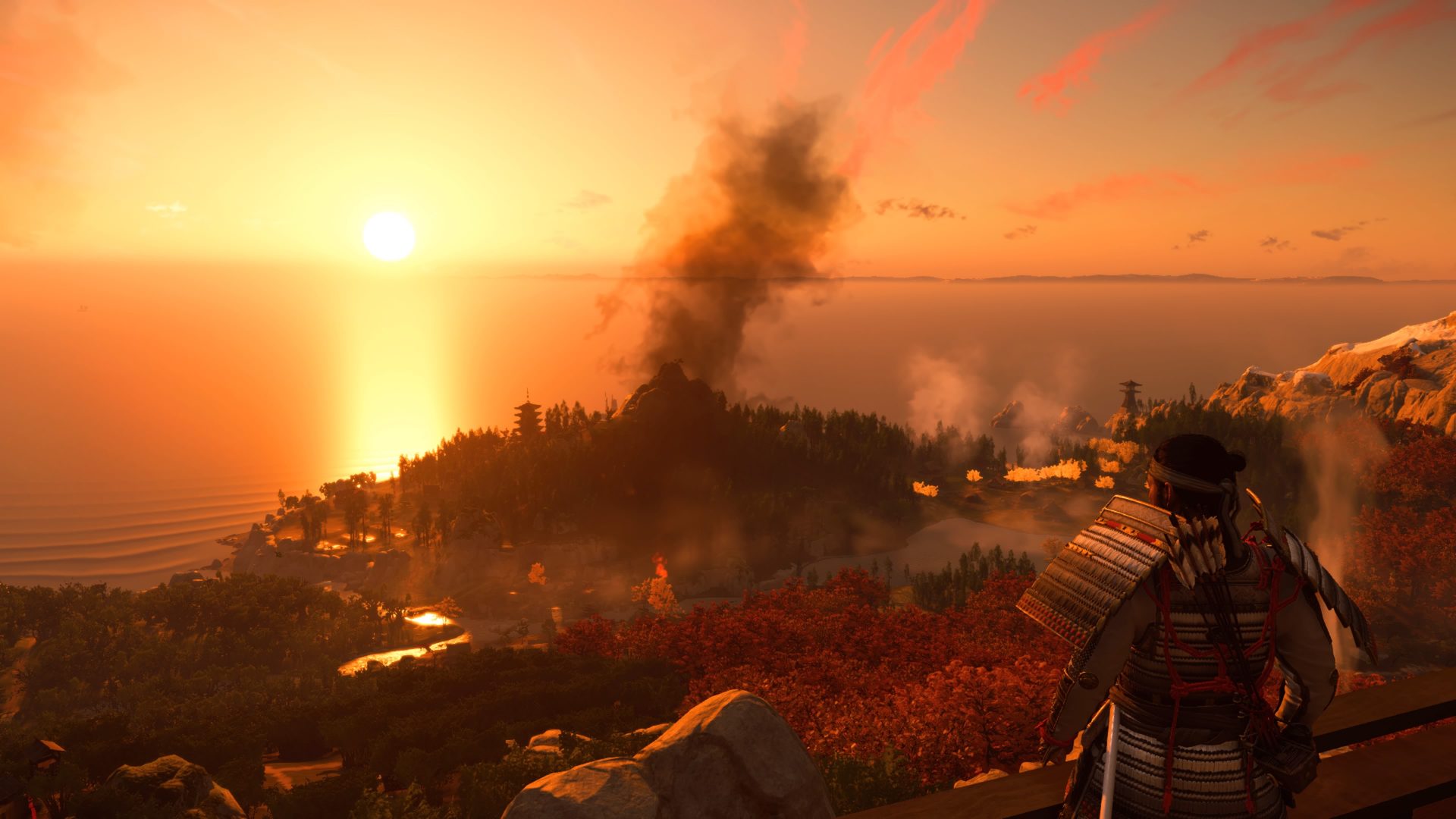
No wonder Jin is so keen on retaking this island, it’s beautiful
This opening segment is brilliant. Not only does it introduce you to the game’s base mechanics through a few combat encounters, it also does a wonderful job of setting the scene. Within minutes you loath your ruthless enemy, form sympathy for your people and yearn to regain what’s been taken from you. It’s an age-old setup for a revenge story that you’ve likely seen before, but it doesn’t need to be complex when it’s this effective.
Following on from his staggering defeat at Azamo Bay, Jin is dragged from the battlefield and tended to by Yuna, a thief from a nearby village. Without weapons or armour, suffering deep physical and mental wounds and lacking a single ally, Jin is forced to stray from his honourable samurai code and sneak through Mongol-controlled areas to safety. This is the first deviation from his training, but it certainly won’t be the last. Heavily outnumbered and facing the destruction of his home, Jin realises early on that his strict, honour-bound code won’t be enough to liberate Tsushima.
Once you regain your tattered armour and katana, you finally get the chance to lock swords with the Mongols again. Combat is straight forward in all of the right ways, while being complex where it needs to be. You’ve got your general sword attack with square, a heavy attack that breaks an enemy’s defence with triangle, a dodge with circle and a block with L1 that sports the opportunity to parry if hit at the right time.
This is all fairly standard Arkham-style combat so far, not to imply that’s a bad things at all, but there are a number of other elements at work that help Tsushima’s combat stand on its own. Firstly, and this will divide opinions I’m sure, the game doesn’t have any kind of camera lock-on, meaning that you’ll need to manage it manually during fights. I know, this sounds like a cardinal gaming sin, but hear me out when I tell you it’s an excellent move. Being forced to control where you’re looking not only adds in a new degree of difficulty, but it also incentivises pre-planning and tact. You’ll need to assess every encounter and keep tabs on each enemy, lest you find yourself on the pointy end of a spear. It isn’t unfair however, as each different enemy type has a focal queue that will let you know when they’re attacking, so a random off-screen archer won’t laser you while your back is turned.

You’ll want to hunt down the Mongols after they destroy such gorgeous landscapes
Further deepening combat are four different sword stances, each being effective against a particular enemy type: swordsman, spearman, shield wielder and heavy. If you’re taking on any one of these enemies individually you’ll just select the stance and away you go, but when you’re in a battle against a collection of all four, encounters can become far more strategic and stressful.
As you make your way across the island, cutting down Mongols in your path, you’ll begin to grow your reputation, earning skillpoints in the process. These can be spent on new skills such as being able to block previously unblockable attacks and deflecting arrows and such. This progression genuinely feels as though Jin is learning the ways of his enemy, tailoring his abilities to their weaknesses.
Jin soon realises that locking swords with every Mongol face-to-face isn’t going to be enough to take back Tsushima and begins to resort to dishonourable, stealthy means to dispatch his foes, becoming a living myth to be feared in the process; he must become The Ghost. This narrative thread of Jin straying from his samurai code in order to bring peace to his home is executed extremely well. Each step away from his honour is shown to take a toll on Jin and the first instance of him killing an enemy from the shadows is heartbreaking.
Around this time is where the stealth elements are introduced. You’re able to do all of the stealth-based norms like creeping through tall grass, executing enemies silently from behind and slinking across rooftops. As the legend of the Ghost grows, you’ll also unlock new abilities such as kunai, smoke bombs and wind chimes to distract foes.
The stealth isn’t revolutionary, but it’s satisfying as hell. Sneaking into an encampment and clearing it of Mongols without being seen never gets old. Luckily, if you do get spotted, only the enemies in close proximity will attack you, rather than everyone in the whole area like in most games that involve stealth. This works well and allows for a variation of stealth and swordplay to be used in most instances.
As you progress you’ll find and unlock new sets of armour that provide varied enhancements. Some sets of armour make it harder for enemies to spot you when stealthing about, whereas other sets will provide you with more health. You can switch between these on the fly, so don’t be afraid to wear whichever looks the most appealing to you.

How handy that my favourite blood-red armour set contrasts so well against those white flowers behind Jin, what a coincidence
When you’re not stabbing Mongols or sneaking about in the shadows you’ll be exploring the island of Tsushima itself. Large, varied and drop-dead gorgeous, this is an open-world that manages to be just as intriguing and engaging in the 40th hour as it is in the first. Fields of long grass, dense bamboo forests, snow-capped mountains and monasteries littered with cherry blossom trees all come together to create a map that is bursting with sights worth seeing. It’s almost daunting the amount of unique and beautiful visuals that this game has to offer. The world is so stunning that I found myself ignoring fast travel (that is an option) and riding to my destination instead, regardless of the distance.
While we’re on that topic, Tsushima deals with direction in a unique and immersion-friendly way. Instead of waypoints or a minimap being used like other open-world titles, Tsushima utilises a guiding wind that blows in the direction of where you’re heading. There’s always a soft breeze, but if you feel lost, a quick swipe of the touchpad will stir up a gust. Likewise, plumes of smoke signify strongholds that need liberating, foxes lead you to shrines that offer up buffs and golden birds lead you to numerous points of interest. These mechanics not only allow for a minimalist HUD, but they work thematically as well, as it feels like the island aiding you in your quest to save it.
As a protagonist, Jin is likeable, sympathetic and believable. His inner conflict is brilliantly portrayed by (English) voice actor Daisuke Tsuji. I was sympathetic to his struggles from the offset and that is largely thanks to Tsuji’s portrayal. All of the supporting characters that you meet along the way are equally as intriguing. The previously mentioned thief Yuna helps Jin see the grey between the samurai’s black and white view. You’ll also make the acquaintance of Lady Masako, a grieving widow that wants nothing more than to take vengeance out on her family’s killer. Ryuzo, a ronin that leads the straw hats and will do anything to protect his people, is another character with an interesting arc. This varied group of main characters each have a side quest (Tale) that spans the length of the campaign, some of which are just as captivating as the main story.
Before entering combat you’re given the opportunity to enter a standoff. When this begins, you hold triangle until your opponent goes in for a strike. Once they do, releasing tringle will put them down with a single strike. This can be upgraded with armour and skills to take down surrounding foes one after the other. If you didn’t already feel like a true samurai, this will absolutely to the trick, it’s endlessly satisfying and never gets old. Similarly, there are a number of one-on-one duals that you can take part in that pits you against a highly skilled swordsman. This is where swordplay is at its best and is another example of Tsushima’s samurai cinema influence.
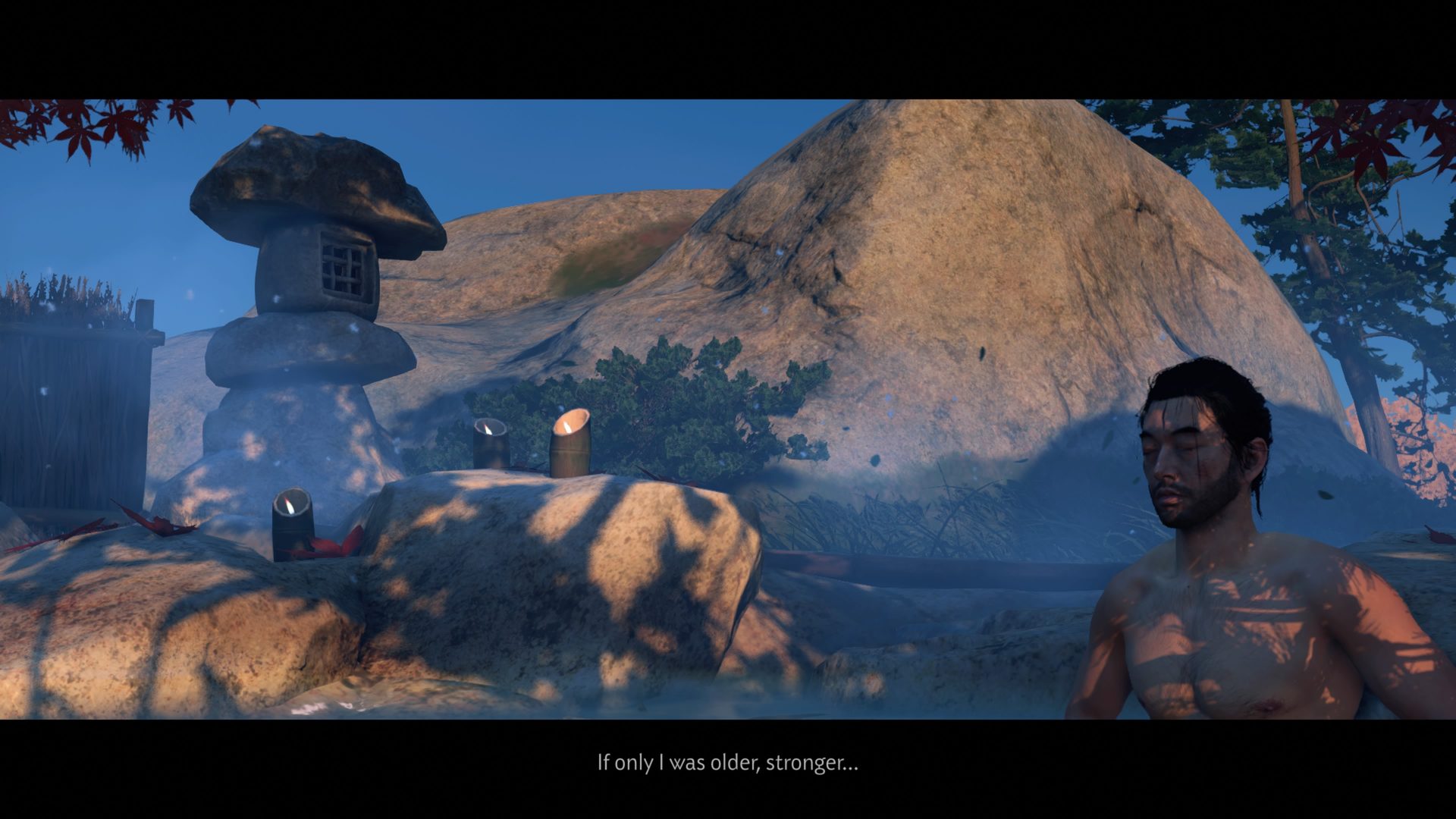
Hey, fighting back against an invading Mongol horde is tough work, give the man a chance to unwind
Exploring the world isn’t just for sight-seeing, you’ll also come across resources that are required for weapon and armour upgrades. For those who love a good checklist, there’s a plethora of collectables to find, strongholds to liberate and legendary gear to acquire. Atop this, there are certain combat manoeuvres that can only be learnt by completing Mythic Tales. These all pertain to myths and legends told across Japan and are told by traveling muses. Though the moves aren’t vital, they do add a bit more depth to combat which I’ll never swat away.
Your main objective throughout the main story is to take out Kotun Khan and pry Tsushima from his grasp. The Khan is ruthless, yet calm, brutal, yet distinguished and he makes for an amazing, layered villain that isn’t as plain as many other open-world baddies. The other primary character that stands out more than the rest is Lord Shimura. Jin’s uncle (and father figure) detests the Ghost’s methods and the dynamic between him an Jin makes for some thought provoking moments.
Before I wrap things up I would be crazy not to mention the photo mode. Now I’m far from a photo mode connoisseur, I barely take screenshots, but this is truly next level. You’re able to change the time of day, apply numerous filters and particle effects (red leaves are my favourite), change Jin’s appearance, change depth of field and so much more. If someone like me can manage to capture a cinema-worthy shot you know that the system in place is a winner.
Final Thoughts
I have to end this review at some stage and I haven’t even mentioned the Haiku composing, the revitalising hot springs, the bamboo strikes and the many other elements that make Ghost of Tsushima so incredible. All of the small details – the leaves that are kicked up under your feet as you walk, the way you wipe the blood from your katana before it’s sheathed, the comments that Jin makes to his horse – they all combine together to create a stylised, authentic piece of art. With easy to learn, hard to master combat, multi-dimensional characters, a strong plot and a huge amount of style, Ghost of Tsushima takes the tried-and-true open-world format and gets close to perfecting it. If you have even a passing interest in the genre or samurai cinema then this is a must play.
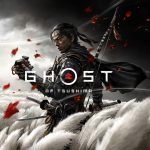
- Sucker Punch Productions
- Sony Interactive Entertainment
- PS4
- July 17, 2020



Adam's undying love for all things PlayStation can only be rivalled by his obsession with vacuuming. Whether it's a Dyson or a DualShock in hand you can guarantee he has a passion for it. PSN: TheVacuumVandal XBL: VacuumVandal Steam: TheVacuumVandal





